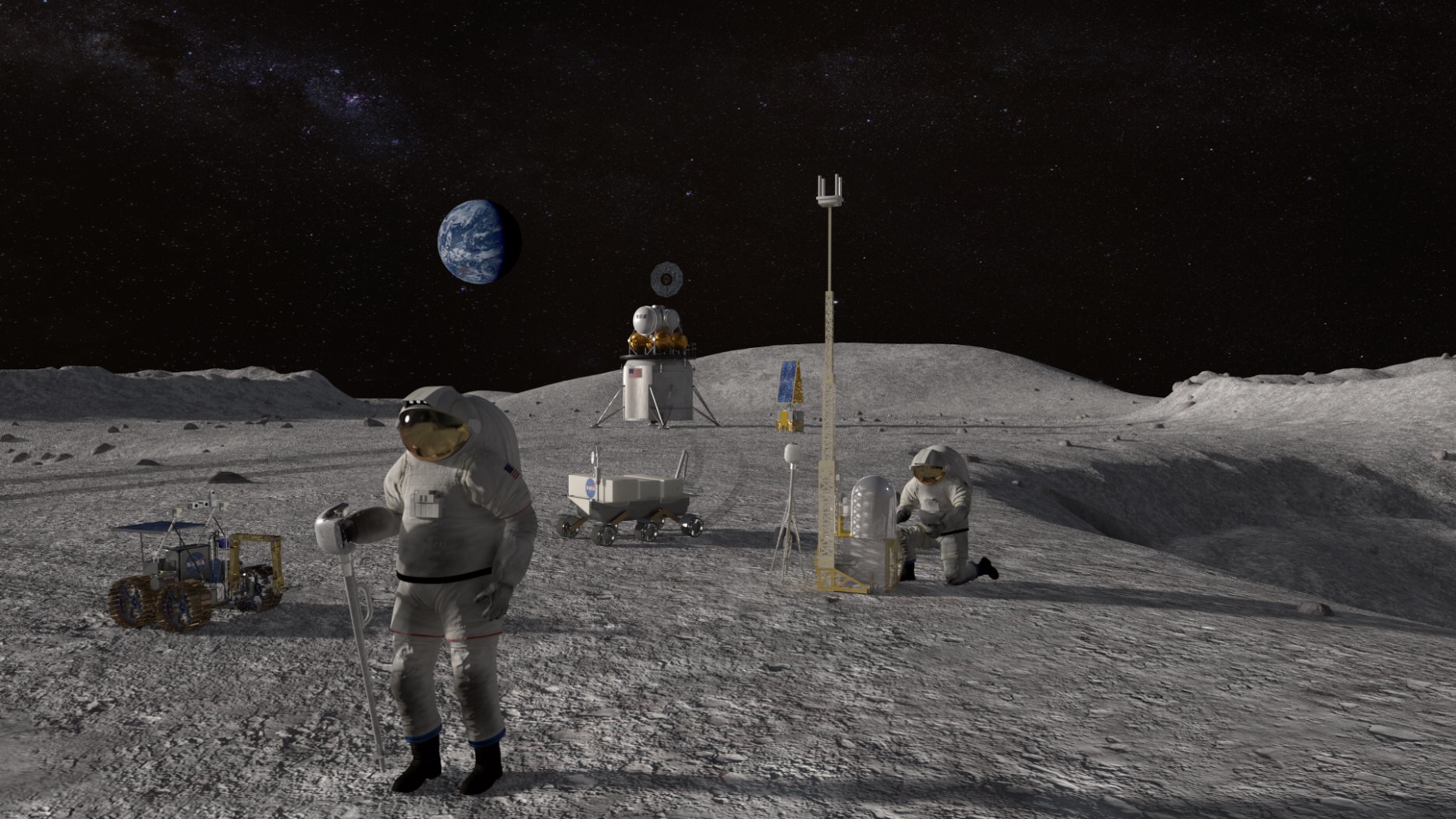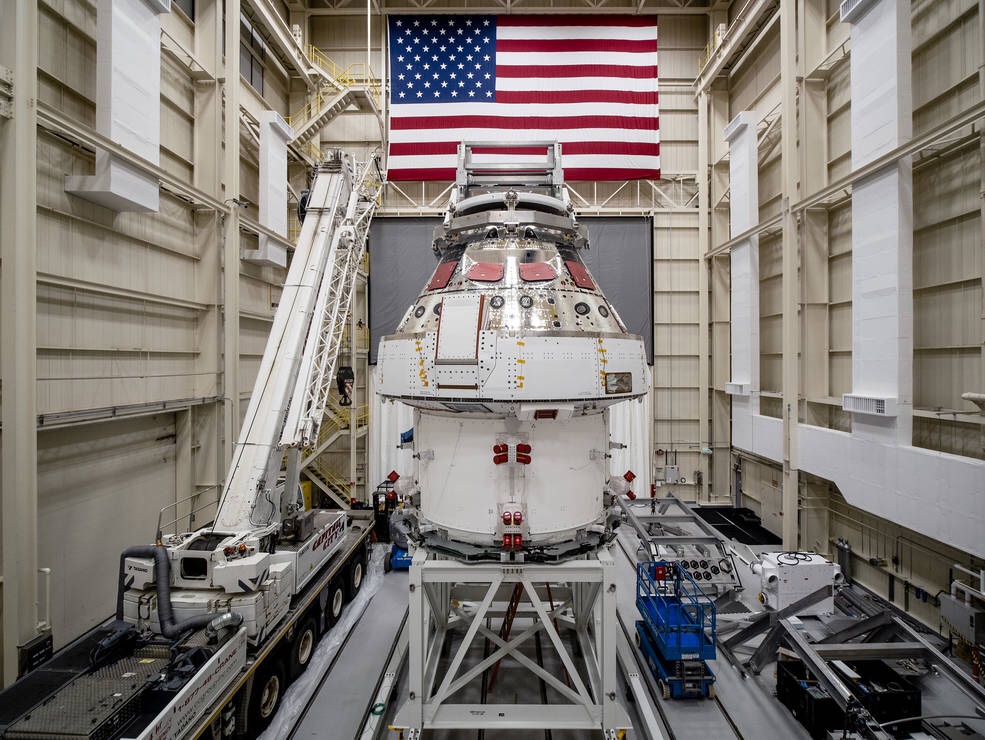
Credit: NASA
Would you like to go on a vacation to the Moon? Or Mars? Well, it’s not possible yet, but it will surely be in the future. Isn’t that amazing?
The Artemis program, named after the Greek goddess, is set to launch to the Moon on 2024. The first step will be to land astronauts (with the first woman to land on the moon) on the surface and establish a sustainable base by 2028. By sustainable I mean that it will have to gather resources from the Moon so that the human base doesn’t have to depend on Earth’s supplies.
Apparently, there is ice on the Moon, it will be defrosted to be drinkable, and also extract Oxygen for breathing and Hydrogen for fuel (remember water is H2O, two atoms of hydrogen and one of oxygen).
Also, we must learn how to live and run a base on another planet, and deal with all the problems that come with it, such as loneliness, physical damage (from absence of a gravity as strong as earth, in the moon it’s 1.62 m/s2 and on earth we have 9.81 m/s2, that is 6 times less than on earth) like muscle loss and lower bone density.
It is a great idea that we’re experimenting on the Moon because if something goes wrong, we (humans on Earth) can send help in less than 3 days. All this experience will help us get the knowledge we need to establish a base on Mars.

ARTEMIS logo, CREDIT: NASA
The logo has a great meaning, the arrow stretches beyond the moon because it not the final destination, the curved line is red and it means that Mars is the final destination. Also the blue arc refers to the Earth and that it is where the mission begins.
There is a great book named the same as this mission from Author Andy Weir (he also wrote another book that was made a movie, “The Martian”, great movie), I highly recommend it, it has maps of where the Moon base is in the book. It really pictures how a day to day life would be on a moon base.
So, going back to the real Artemis Mission, it’s a very ambitious program, I have high expectations from it, we will certainly learn a lot of things just by trying to survive on the moon, and by trying to be sustainable.

NASA’s Orion spacecraft for the Artemis I mission was lifted into a thermal cage on December 2, and readied for its move into the vacuum chamber at NASA’s Plum Brook Station in Ohio. Following testing, the spacecraft will be shipped to Kennedy Space Center in Florida for final assembly and integration with the Space Launch System rocket before launch
Credits: NASA
I’ve heard many people that what is the benefit of investing in space exploration, and it seems to me that as we research for this, we will be generating new technology that can be used on our daily lives.
SOURCES: https://www.nasa.gov/specials/artemis/
